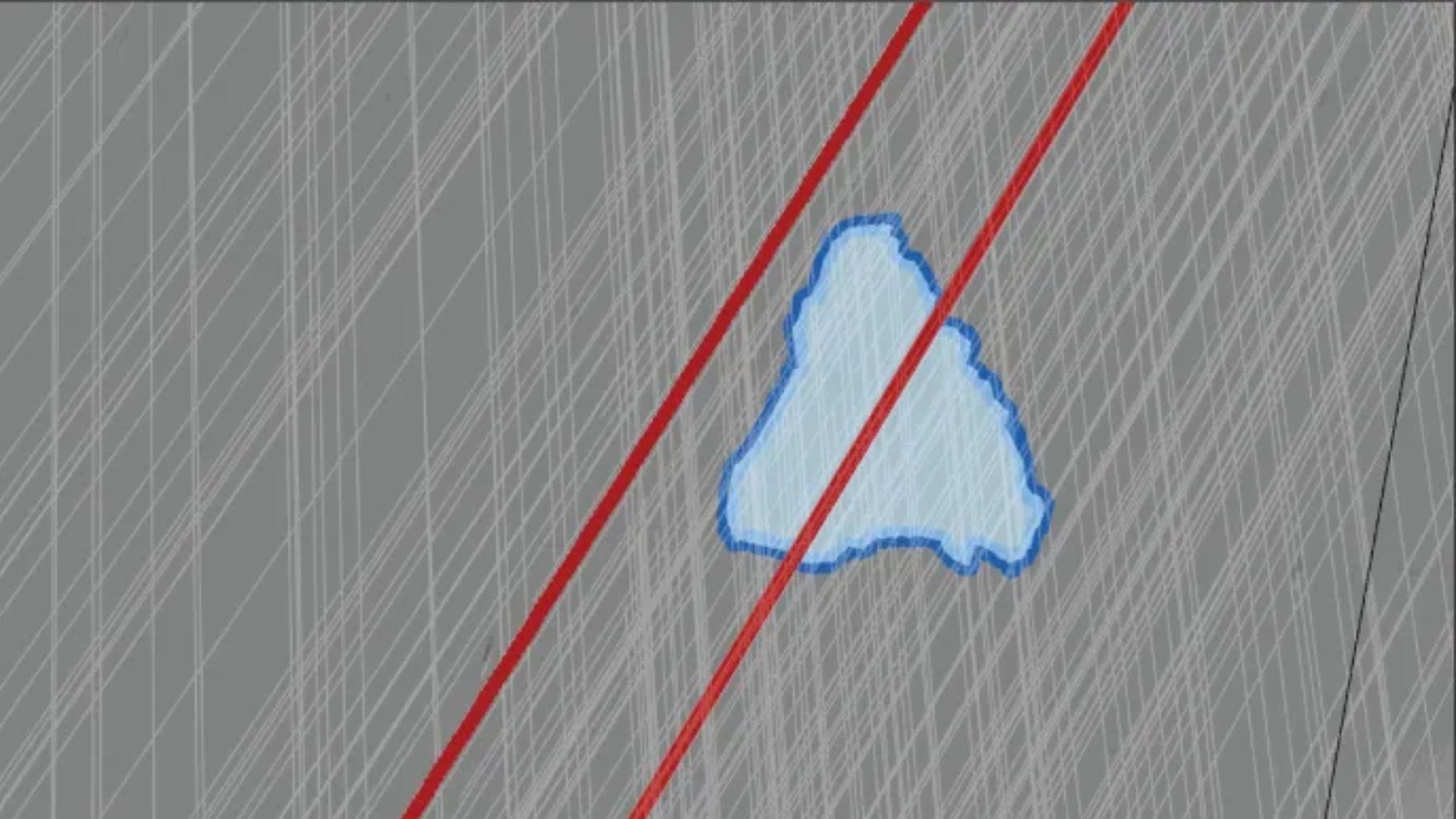New Delhi: Examination of data captured by NASA’s Mars Reconnaissance Orbiter (MRO) captured using an innovative radar technique has revealed that a suspected underground lake on Mars is likely to be a layer of rock and dust. The mysterious feature is buried beneath thousands of metres of ice at the south pole of the Red Planet. While the new observations have ruled out the subsurface Martian lake, the same radar technique can potentially be used to scan for subsurface resources elsewhere on Mars, in support of future missions to the surface. A paper describing the findings has been published in Geophysical Research Letters.
To conduct the observations, the MRO executed a special manoeuvre by rolling 120 degree, enhancing the power of the shallow radar (SHARAD) instrument on board, allowing the radar signals to penetrate deeper into the surface. The scientists are eager to test out the technique on other suspected sites where buried ice can exist. The scientists had previously made multiple unsuccessful attempts at observing the region suspected of hosting the lake, before working closely with the operators of the spacecraft to develop the capability for the very large roll. The manoeuvre had to be planned carefully to ensure the safety of the spacecraft.
Feature may be ancient volcanic flows
The possible subsurface lake was first spotted in 2018 and excited scientists. The south pole of Mars has a large ice cap sitting on top of a heavily cratered terrain, with subsurface radar imagery revealing peaks and valleys beneath the ice. The mysterious feature may just be a smooth area, such as an ancient lava flow. The scientists next plan to use the same technique to examine a region known as Medusae Fossae, a formation close to the equator. The region may be composed of layers of volcanic ash, but some scientists have suggested that there may be buried ice in the region as well.
